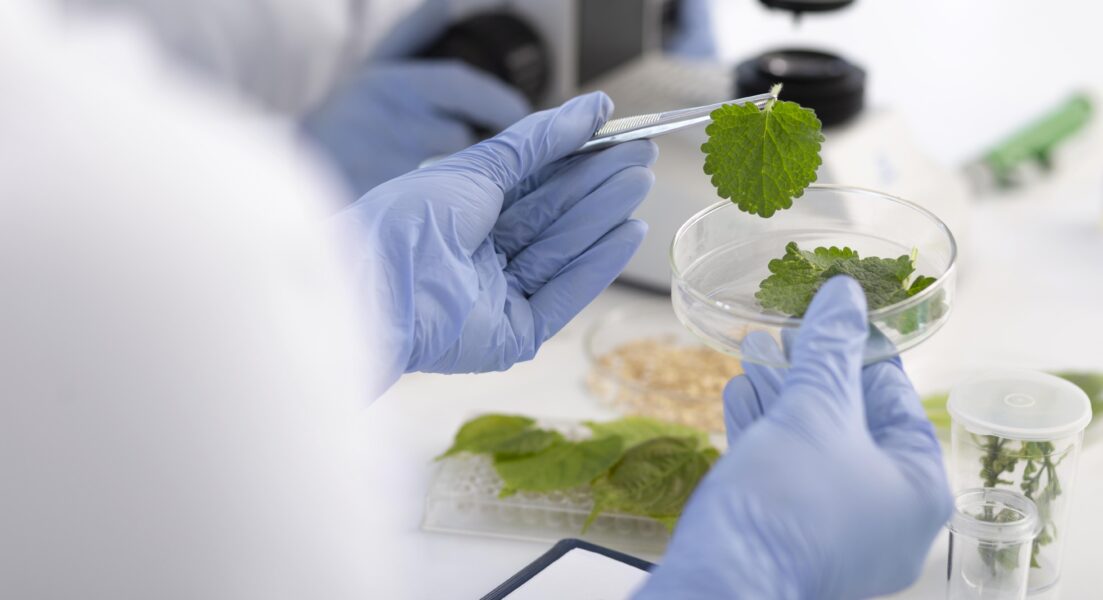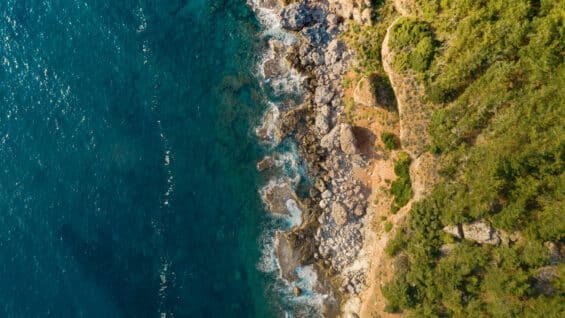Roadmap for circular bioeconomy in Estonia
Bioeconomy is in Estonia more in focus than ever. Last year (2023) Ministries of Regional Affairs and Agriculture and Climate with researchers, entrepreneurs and interest groups and with the help of the Estonian University of Life Sciences launched a guideline document Circular Bioeconomy Roadmap (Roadmap) for fostering and guiding bioeconomy sector in Estonia.
In this context bioeconomy is the production and conversion of renewable biomass mainly into food, feed, bioproducts and bioenergy. Here, bioeconomy includes agriculture, forestry, fisheries, aquaculture, food, fiber and paper industries and partly chemical, biotechnology and energy industries. The Circular Bioeconomy Roadmap defines the main directions, vision and aims for the development of circular bioeconomy in Estonia and activities necessary for implementation in the short (2023‒2027) and long term (until 2035). The roadmap will be the basis for the preparation of circular bioeconomy roadmaps in different regions in Estonia, which are based on local bioresources, needs and possibilities of involved local communities and municipalities. These regional roadmaps formulate activities for establishing new local initiatives and forms of collaboration, fostering growth and sustainability in the sector and ways to add value for products and services that use local resources.
The roadmap is needed because Estonia is in general a successful biomass-producing country, but the ability to process biomass and create added value is not that high and in focus compared with the European Union (EU) average. Added value and unlocking the potential of innovation is the center of the development of a sustainable circular bioeconomy and an opportunity to contribute to the globally important green transition with the combination of climate change mitigation, biodiversity preservation, social wellbeing and economic sustainability. The goals of the European Green Deal require many changes in business, lifestyle and in general social norms. In this context, bioeconomy is a prerequisite for the green transition and its result. Bioeconomy helps replace (imported) fossil materials with more sustainable bio-based ones with alternatives, and this relates with the principles of circular economy. From this a circular bioeconomy concept emerges where sustainability, economic and social development and added value to the resource use is combined.
The roadmap includes 5 different courses of action:
- more added value in circular bioeconomy;
- sustainable supply of resources and preservation of biodiversity;
- research and development, innovation and technology;
- competitive business environment;
- education, skills and awareness.
The roadmap is a valuable tool for regional development because it ties together important elements that are needed for fostering the development of blue bioeconomy in the West-Coast of Estonia. This sets a basis for better collaboration between different interested parties form private, public and non-profit sectors and local communities, helps to define common goals and brings innovation into the field with the result of expected prosperity in the blue bioeconomy sector in Estonia.
The Circular Bioeconomy Roadmap can be downloaded from here.







